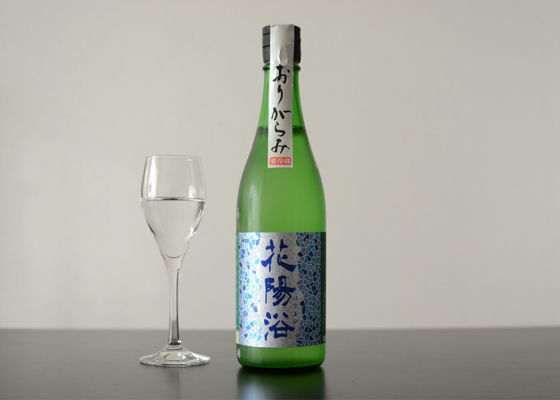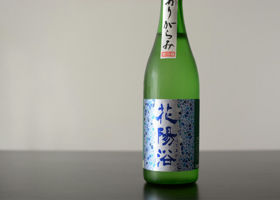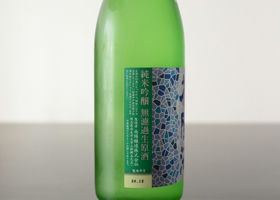


Hori
It is a Junmai Ginjyo Hachitan-Nishiki Orikarami from Hanahayo.
I was a little hesitant to drink it because it is not easy to find, but I opened the bottle in accordance with the rule that we drink them in the order in which we buy them, which exists in our house.
This is the second Hahoriyoshu I have had following the Junmai Ginjo Miyamanishiki I drank the other day, but this is the first Oriagarami I have had.
The Miyamanishiki was fruity and juicy like a pineapple, but this Hachiganishiki Orikarumi was a little different.
It is fresh and fruity, but the acidity is mild and there is no pineapple-like nuance. It has the depth and complexity of an ogara-mi sake, with a distinct bitterness and spiciness that comes through from the middle stage onward.
If Miyamanishiki Sumi-shu is a straightforward and easy-to-understand sake, Hachiganishiki Orikara-mi is a sake with a taste that will appeal to those who are used to drinking Japanese sake.
Personally, I liked the taste of both sakes so much that it was hard to decide which was better.
I am wondering if the difference is due to the difference in the rice used to make the sake, or if it is due to the difference in the Sumi-Shudo Torigarami.
It would be nice if we could compare the Sumi-shu Torigarami with the same rice, but such an opportunity is unlikely to present itself.
Japanese>English